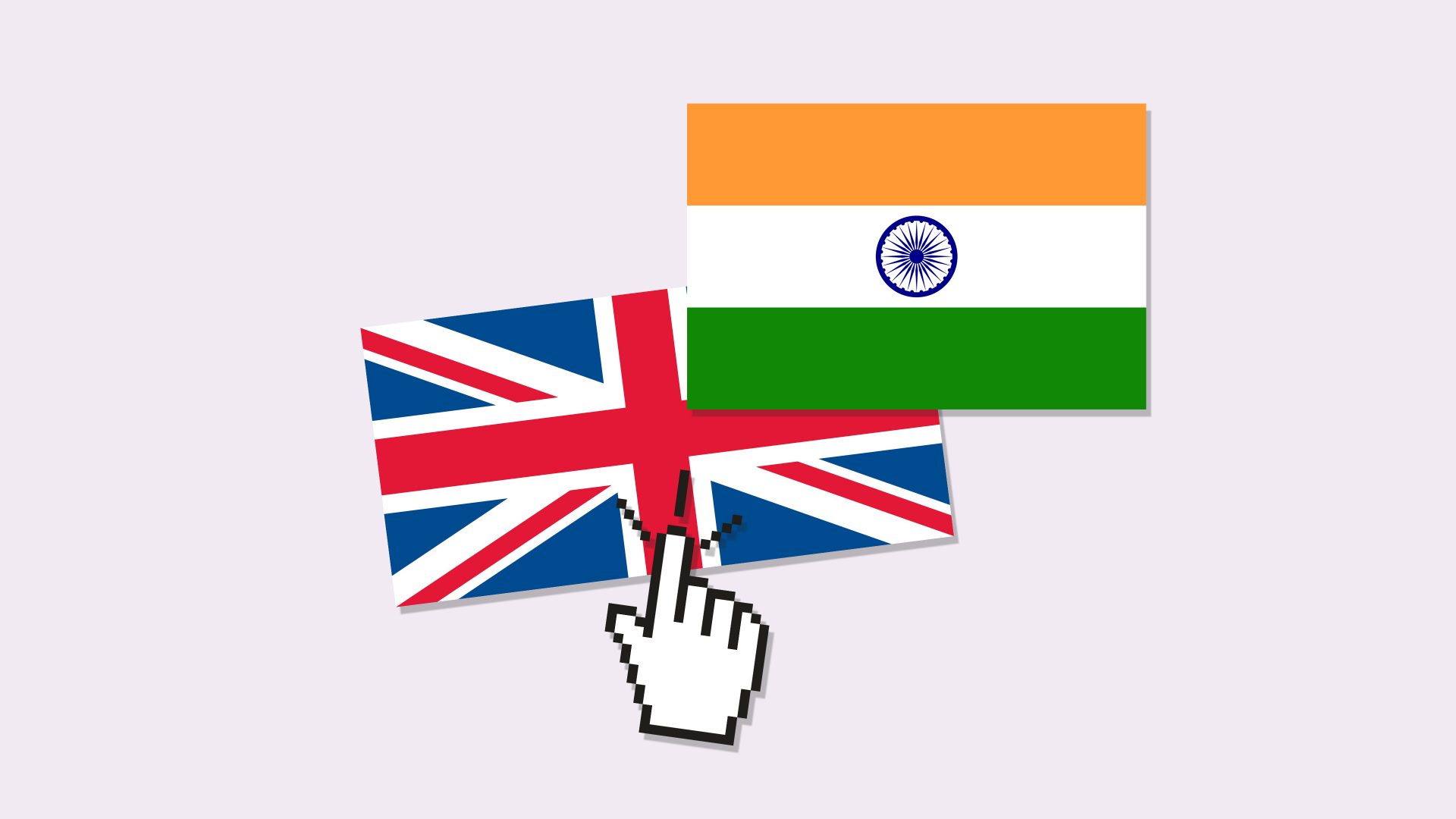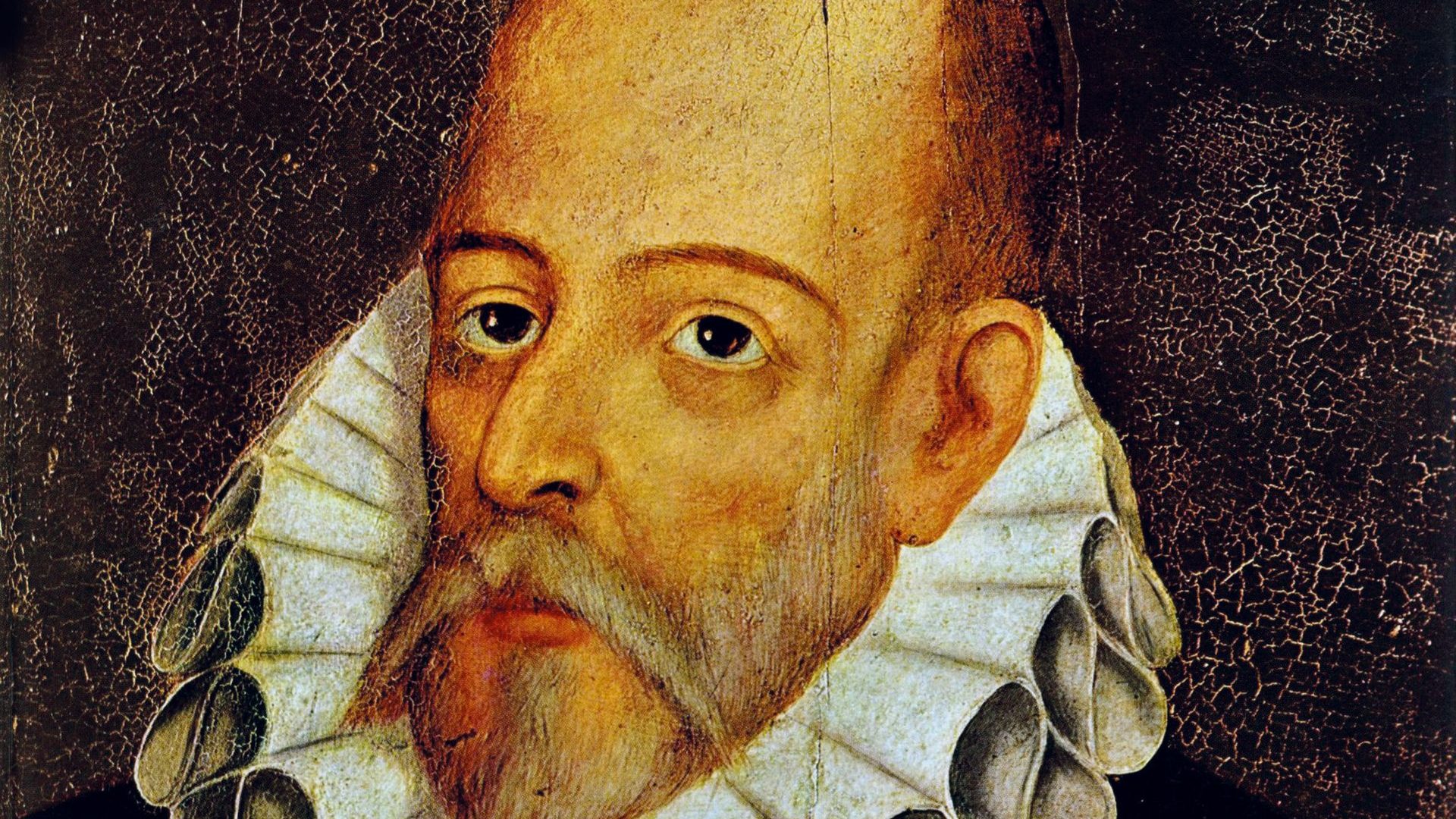Countries are often informally classified by linguistic scientists as falling into one of three categories with respect to English.
Nations where English is a native language (ENL) are those where a large proportion of the people speak English natively, as in Australia, Canada and England.
Countries where English is a foreign language (EFL), as with Poland, Japan and Brazil, are places where people do not speak English natively and where,
if they do speak it at all, they have learned it at school and use it to speak to foreigners.
And, third, there are places where English is a second language (ESL). In ESL countries such as Pakistan, Ghana, Kenya, the Philippines and Fiji, English is typically not spoken as a mother tongue, but the language does have some form of governmental or other official status.
It is used as a means of communication within the country, at least among the educated classes, and it is widely employed in the education system, in the newspapers and in the media generally.
The distinction between ENL, EFL and ESL polities is a fluid one, and a number of varieties of English have an interesting history of transition from EFL to ESL and on to ENL status.
One example is Singapore, where quite a lot of young people are now growing up with English as one of their mother tongues.
India is a very typical example of an ESL country: English has a very major role as a second language there, and millions of Indians speak, write, read and listen to English on a daily basis. The vast majority of them are not native speakers and have some language of the South Asian subcontinent such as Bengali or Tamil as their mother tongue.
Nevertheless, there are now an increasingly large number of Indians who are native speakers of English. Although they constitute well under 1% of the population, they still number in the millions. This is perhaps particularly true of children who have grown up in households where the older generation do not have an indigenous language in common and therefore communicate mainly in English.
But English has actually been spoken natively in India for a very long time.
The beginnings of the Eurasian Anglo-Indian community date back to the 1600s, with the arrival on the subcontinent of large numbers of British men – administrators and soldiers – as the East India Company and other British interests exerted increasing control over India.
There was subsequently considerable intermarriage with local women and,
naturally, Anglo-Indian children.
By the 19th century, sadly, increasingly racist attitudes meant that mixed-race people were no longer accepted as part of the colonial expatriate community, and often, if and when the men returned to Europe, the women and children were left behind. Cruelly, soldiers were specifically forbidden to return to Britain with their mixed-race families.
Over time, Eurasians came to form a community in their own right. They were distinguished from other Indians by being Christian, and by having English as their native language. They also developed distinctive forms of dress, as well as a distinctive cuisine and set of naming practices.
When Indian independence arrived, in 1947, there were about 300,000 native-anglophone Anglo-Indians. Because of subsequent emigration, however, the community has today become considerably smaller than it
was then.
EFL – ENGLISH AS A LINGUA FRANCA
Switzerland is an EFL nation, and English has no official status there. But English is now increasingly used within Switzerland as a lingua franca. Younger people from the German, Italian, Romansh and French-speaking
areas of Switzerland may use English to communicate with one another, rather than one of the Swiss languages.




